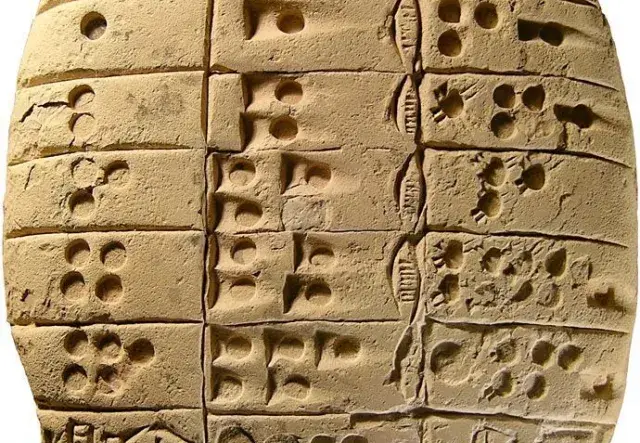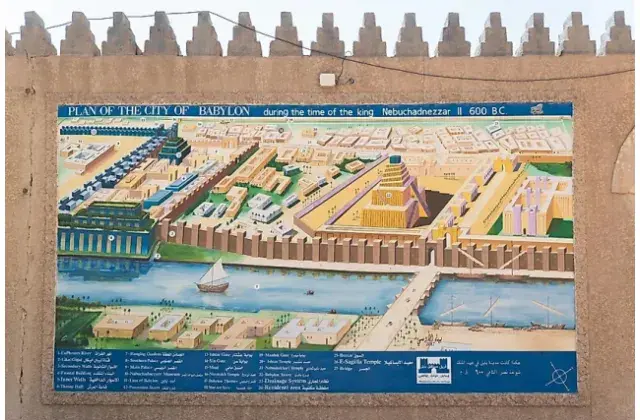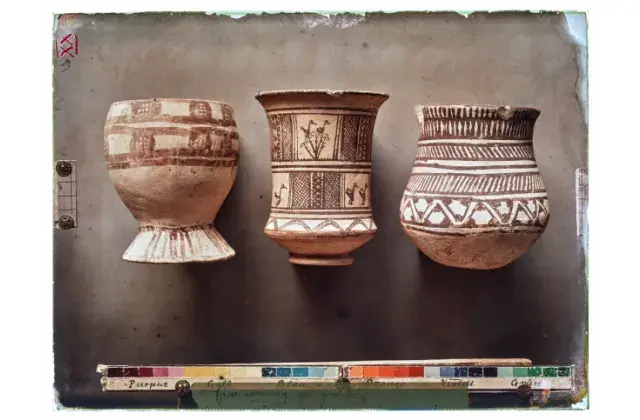The Sexagesimal System

For more than 5000 years, the world has committed to one of the significant inventions of the Sumerians, the sexagesimal system. The sexagesimal system is the notion of neatly dividing time into units of 60. It was used by the Sumerians as a way of counting and measuring based on the number 60 because it can be divided evenly by many numbers (2,3,4,5,6,10,12,15,20, and 30). This numerical system profoundly influenced various aspects of Sumerian life. It was integral in trade, accounting, astronomy, and mathematics.
Perhaps, the Sumerian’s favourite number was 60 since it is easily divisible. An example of this system in use is the way we measure time. Having a base of 60 in the system, in our modern timekeeping, an hour is divided into 60 minutes, and each minute is divided into 60 seconds. This division is based on the sexagesimal system, where each unit of time is divisible by 60. Another example is the division of a circle into 360 degrees (which is 60 multiplied by 6). This system is still used today for measuring angles and coordinates in navigation, astronomy, and geography.
While early humans had the concept of counting through methods like marking notches on bones in their everyday activities, true mathematics occurred when the Sumerians developed a formalised numbering system, enabling systematic accounting records. The Sumerians adopted this numerical system based on logical reasons, allowing them to handle large numbers and conduct multiplications and divisions. They used clay tokens or marks on clay tablets to represent quantities, enabling them to perform operations like addition, subtraction, multiplication, and division using this system.
The sexagesimal system was neatly suited for economic aspects in Sumer. In Sumerian society, record keeping and counting for agricultural, farm and trade products as well as distributing these products among people were necessary. Therefore, a numerical system was needed to facilitate various mathematical operations to record daily and long-term activities. Initially the Sumerians used reeds to keep track of the units, but as cuneiform writing emerged, they transitioned to making vertical and round marks on clay tablets. On the cuneiform tablets, number signs were used to represent numerical concepts, and they were mainly two types: wedge-shaped number signs and round-shaped ones. The Sumerian scribes recorded these number signs in conveying their results of the sexagesimal calculations. By leveraging this system, the Sumerians achieved advancements in various fields, creating a foundation for mathematical concepts still utilised today. They laid the groundwork for arithmetic, numerical notations, and the use of fraction. The Sumerian mathematical achievements were influential and later adopted and further advanced by the Akkadians and the Babylonians.
This article was written by Renas Babakir and is licensed under CC BY-NC 4.0.






